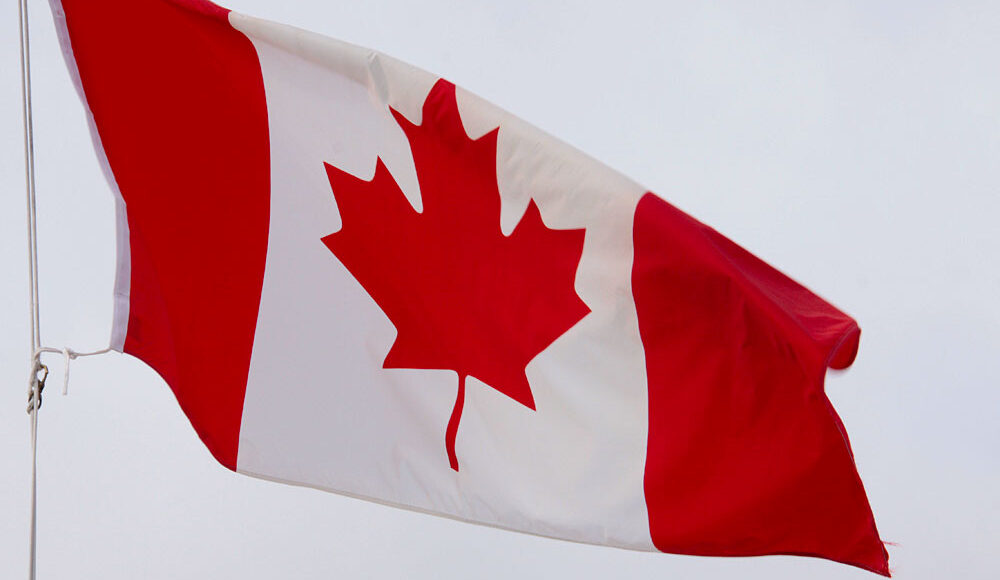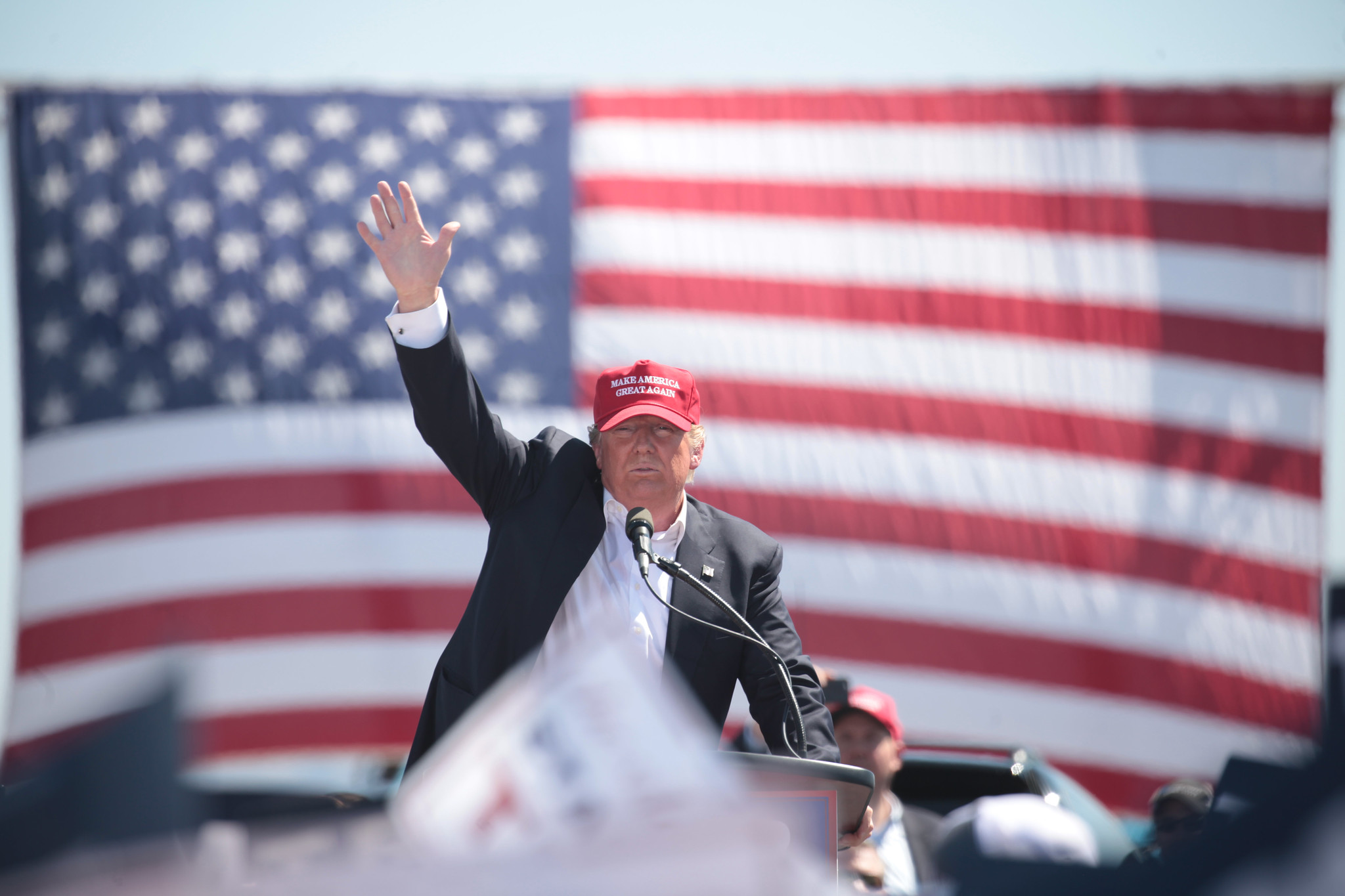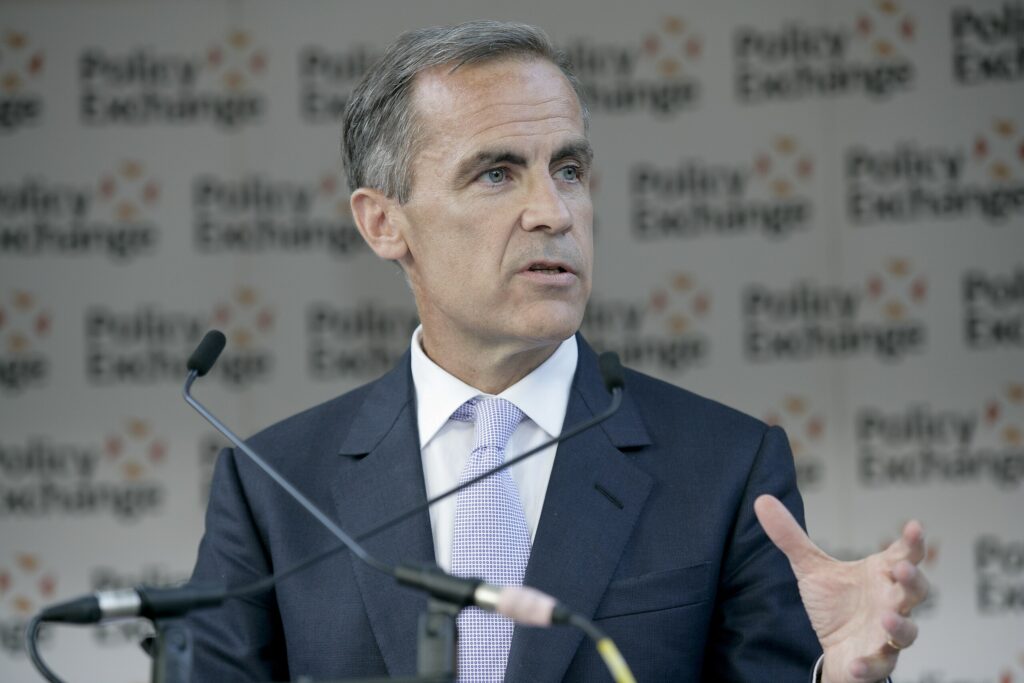Don’t Shoot the Economist: Why Canada’s Rally-Around-the-Flag Effect May Soon Fade

For the first time since the War of 1812, Canada faces a serious threat to its sovereignty as relations with the US deteriorate into an unprecedented confrontation. Following Donald Trump’s return to power, his administration has weaponized trade policy against Canada in shocking ways. The crisis began on February 1, when Trump imposed sweeping 25 per cent tariffs on Canadian imports, citing dubious claims about fentanyl smuggling across the northern border. What followed was diplomatic whiplash: a 30-day pause on February 3, threats of reimplementation by March 4, and partial suspensions by March 6, with Canada narrowly escaping Trump’s “Liberation Day” tariffs on April 2.
The situation remains precarious, with steel and aluminium levies still in effect and rhetoric escalating to alarming levels—including Trump’s provocative suggestions about making Canada “the 51st state.” These comments prompted Foreign Affairs Minister Mélanie Joly to state that Canada takes such remarks “very seriously,” particularly as Trump threatens to use economic force to annex Canada. What was once the world’s most stable international relationship has transformed into something resembling a geopolitical tragicomedy. Yet for Canada, this is no spectator sport; the nation now finds itself unwillingly in the diplomatic ring, trading blows it never asked for and never wanted.

Standing firm against these provocations, Canada has refused to be intimidated. Rather than capitulating, Canadians have rallied behind their government’s strong response, including reciprocal tariffs that match Trump’s economic penalties. Slogans like “Canada’s Not For Sale,” “1st Never 51st,” and “Elbows Up” have become a universal testament to Canadian patriotism, spreading across social media and appearing on hastily printed t-shirts nationwide. In the face of US pressure, Canadians are reassessing their country’s value—and embracing it. Polling indicates that the number of people identifying as proud Canadians rose to 86 per cent last month.
Polls have also shown a remarkable political shift: what once seemed like a guaranteed landslide election victory for Pierre Poilievre’s Conservatives would now be a shock outcome on election day. Despite the recently turbulent legacy of the Liberal party, they have—over the course of the campaign—taken the lead in the polls for the first time since 2021 and are now in majority territory ahead of Monday’s vote. While much of the Liberals’ resurgence is thanks to their newly minted economic saviour, Mark Carney—whose campaign has emphasized his extensive economic credentials at a time when Canada’s standard of living is on track for its steepest decline in 40 years—a significant part of their support can also be attributed to something known as the rally-around-the-flag effect.
During times of crisis, leaders in power often experience a mass surge of public support. Studies show that these moments tend to produce short-lived spikes of three to four percentage points. President George W. Bush experienced one of the most significant rally-around-the-flag effects following the September 11 attacks in 2001, when his approval rating jumped from 51 per cent to 90 per cent. The Liberal Party’s recent polling surge was also unprecedented—the largest in Canadian history. It salvaged Justin Trudeau’s approval ratings in the final weeks of his premiership and gave Carney a powerful boost. But rally-around-the-flag effects can only last so long.

Carney was politically astute in calling a snap election several months earlier than necessary to capitalize on the momentum, as signs suggest that his honeymoon period is nearing its end. While he is likely to win Monday’s vote, as economic crises begin to hit Canadians—through the impact of tariffs and a likely recession—public frustration could rise quickly if Carney appears unable to manage the fallout. In reality, Carney is racing against the clock more than it seems. Even if the Liberals win the election, the rally-around-the-flag effect will be fleeting. In the short term, it casts a powerful but temporary haze. Once it lifts, Canadians may not like what they see.
Edited by Christy Khairallah
Featured Image: “Canadian flag” by waferboard is licensed under CC BY 2.0.
